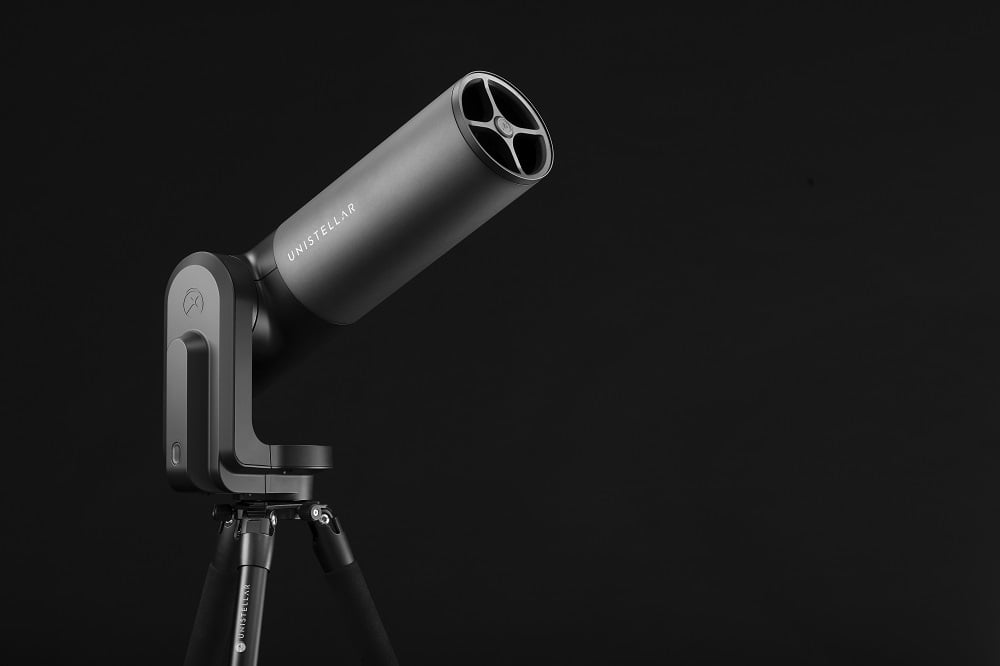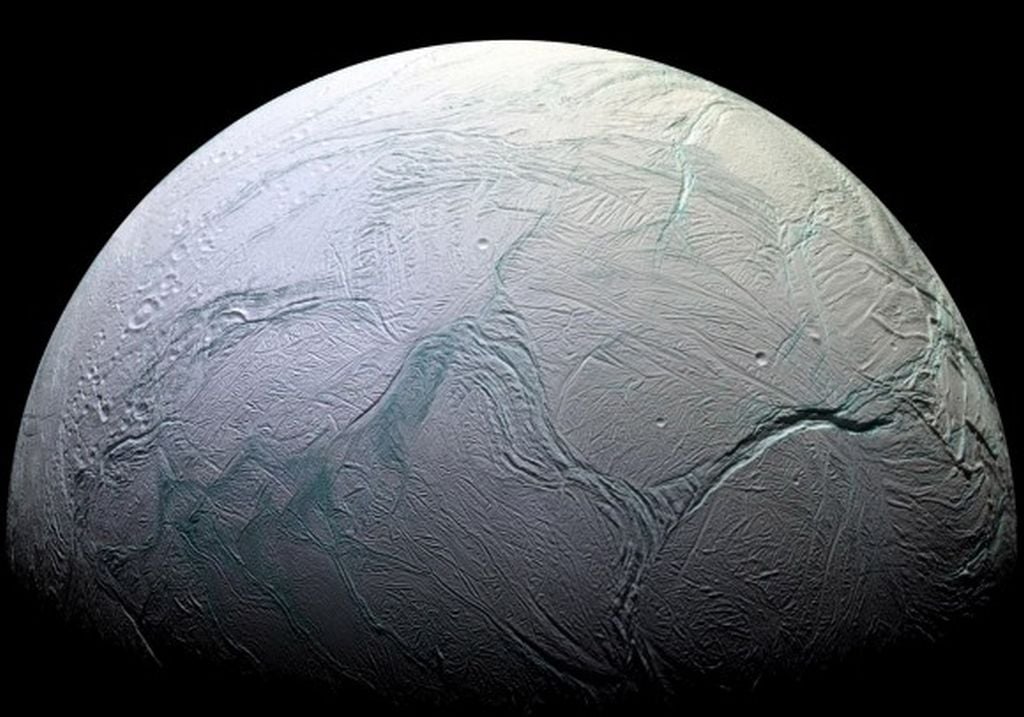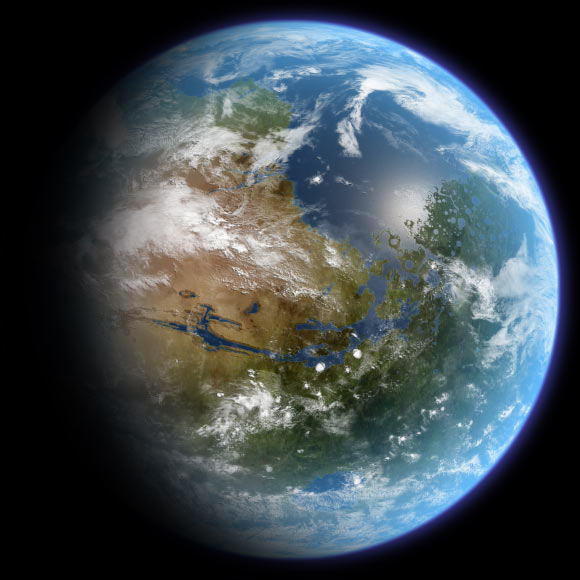
A new proposal for a pellet-beam spacecraft could enable interstellar missions and a Solar Gravitational Lens in a matter of decades.
Continue reading

A new process that combines bacteria and lichen could "grow" bricks from Martian soil. The proposal selected for development by the NASA Advanced Innovation Concepts program.
Continue reading

Unistellar's eQuinox 2 is set to continue the smartscope revolution.
Continue reading

NASA's Advanced Innovation Concepts (NAIC) program selected a new type of bimodal nuclear propulsion that could allow for missions to Mars in 45 days!
Continue reading

A new proposal for a hybrid nuclear reactor could power missions to Europa, and was selected by NASA for Phase I development
Continue reading

NASA has launched Exoplanet Watch, a citizen science project that allows the public to help discover and study extrasolar planets!
Continue reading

Using data from two climate monitoring satellites, a group led by Canadian researchers tracked carbon emissions from a single coal plant in Europe.
Continue reading

Astronomers from Caltech used a Fast Radio Burst (FRB) from another galaxy to probe the distribution of matter in the Milky Way.
Continue reading

Using China's FAST radio telescope, a team of Chinese researchers observed previously-unmapped regions of the Milky Way and made some groundbreaking discoveries!
Continue reading

In honor of her achievements, the Nichelle Nichols Foundation launched with the aim of carrying on her legacy and inspiring the next generation of women and minorities to go to space.
Continue reading

A new study provides estimates on what an astrobiology mission could find when it goes to Enceladus and samples its plumes
Continue reading


















































